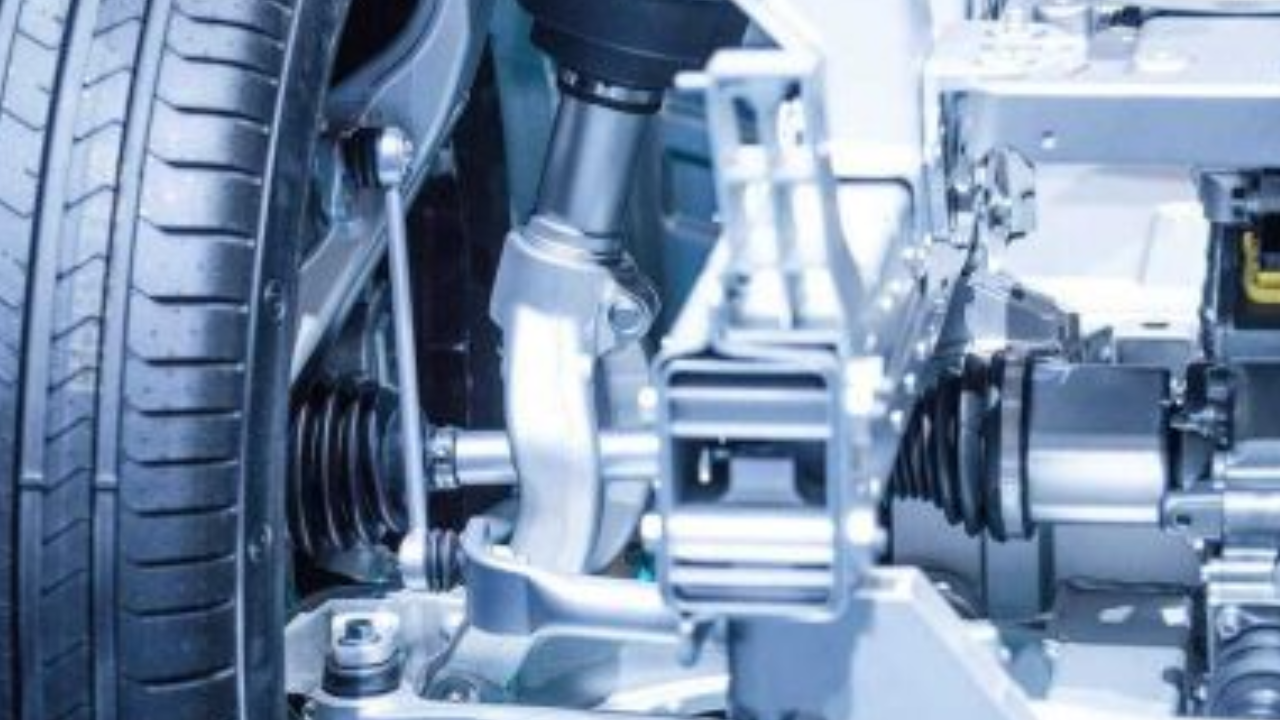In the manufacturing industry, forged steel components are models of outstanding quality and endurance. Forging entails subjecting the metal to tremendous heat and pressure, resulting in a painstakingly constructed product that outperforms its competitors in many ways.
The inherent strength of forged components, derived from refined metallurgical characteristics and a void-free structure, offers unsurpassed resistance to wear, fatigue, and fracture. This process produces a product with constant grain flow, reducing flaws and delivering outstanding mechanical performance.
The ability to customize designs with precise details demonstrates the precision and versatility of forged components even further. You can visit page of the CXIN for more information. As sectors demand more dependability and endurance, the superior quality of forged steel components places them at the forefront of applications ranging from aerospace and automotive to construction and heavy machinery.
Are There Size Limitations For Forged Components?
While forging is adaptable, there are practical size constraints. Forging is best suited for medium to large items weighing a few pounds to several tons. Precision techniques can also be used to create small, complicated components. The versatility of the process makes it a popular choice for a wide range of applications, but extreme sizes may pose equipment capacity and material handling issues.
Different Techniques for Evaluating the Quality of Forged Components
Forged component quality checking is an essential part of the manufacturing process. It entails a battery of careful testing and exams to verify that the finished goods fulfill the industry’s stringent standards for strength, durability, and overall performance. Here is a full explanation of the many procedures used to inspect forged components for quality.
Visual Inspection
Visual inspection is the first and most important step in quality control. Inspectors with experience physically analyze the forged components for surface irregularities such as cracks, laps, seams, and other visible faults. This stage also includes verifying suitable dimensions and ensuring that the overall appearance of the component matches the specifications.
Dimensional Checks
Precision dimensions are essential for the effective operation of forged components. Dimensional checks entail the use of calibrated equipment such as calipers, micrometers, and gauges to ensure that the forged parts adhere to the tolerances and dimensions specified in the design specifications.
Mechanical Testing
Mechanical testing is required to analyze the mechanical qualities of forged components, such as tensile strength, hardness, and impact resistance. The following are examples of common mechanical tests: This test assesses a material’s capacity to endure a stretching force, providing information on its tensile strength and elongation qualities. Brinell, Rockwell, and Vickers hardness tests examine the material’s resistance to deformation and provide information on its strength and durability.
Metallurgical Analysis
Metallurgical analysis entails inspecting the microstructure of the forged components to ensure that they meet the material qualities required. Metallography, which examines a cross-section of a component under a microscope, gives vital information about grain size, inclusions, and overall microstructural integrity.
Surface Finish Inspection
Forged components’ surface finishes are critical for both functional and aesthetic reasons. Inspectors examine the surface quality, looking for scratches, pits, or other flaws that could impair the component’s performance or appearance.
Heat Treatment Verification
Heat treatment is frequently used on forged components to produce certain mechanical qualities. Heat treatment verification confirms that the components were treated to the appropriate temperatures and durations, validating the expected material properties.
Statistical Process Control
To maintain uniformity and reliability, SPC entails monitoring and controlling the manufacturing process. Statistical tools are used to analyze data and discover trends, allowing producers to make modifications in real-time to maintain quality requirements.
Sum Up
The quality assessment of forged components is a complicated process. This complete methodology ensures that forged components fulfill the stringent standards set by businesses that place a premium on dependability and performance. To deliver forged components, modern technologies, and severe quality control procedures must be integrated. As technology advances, inspection techniques for forged components will most certainly improve, improving precision and dependability in a variety of industrial sectors.
